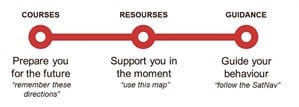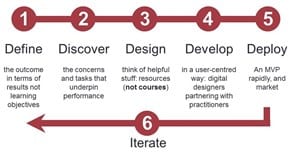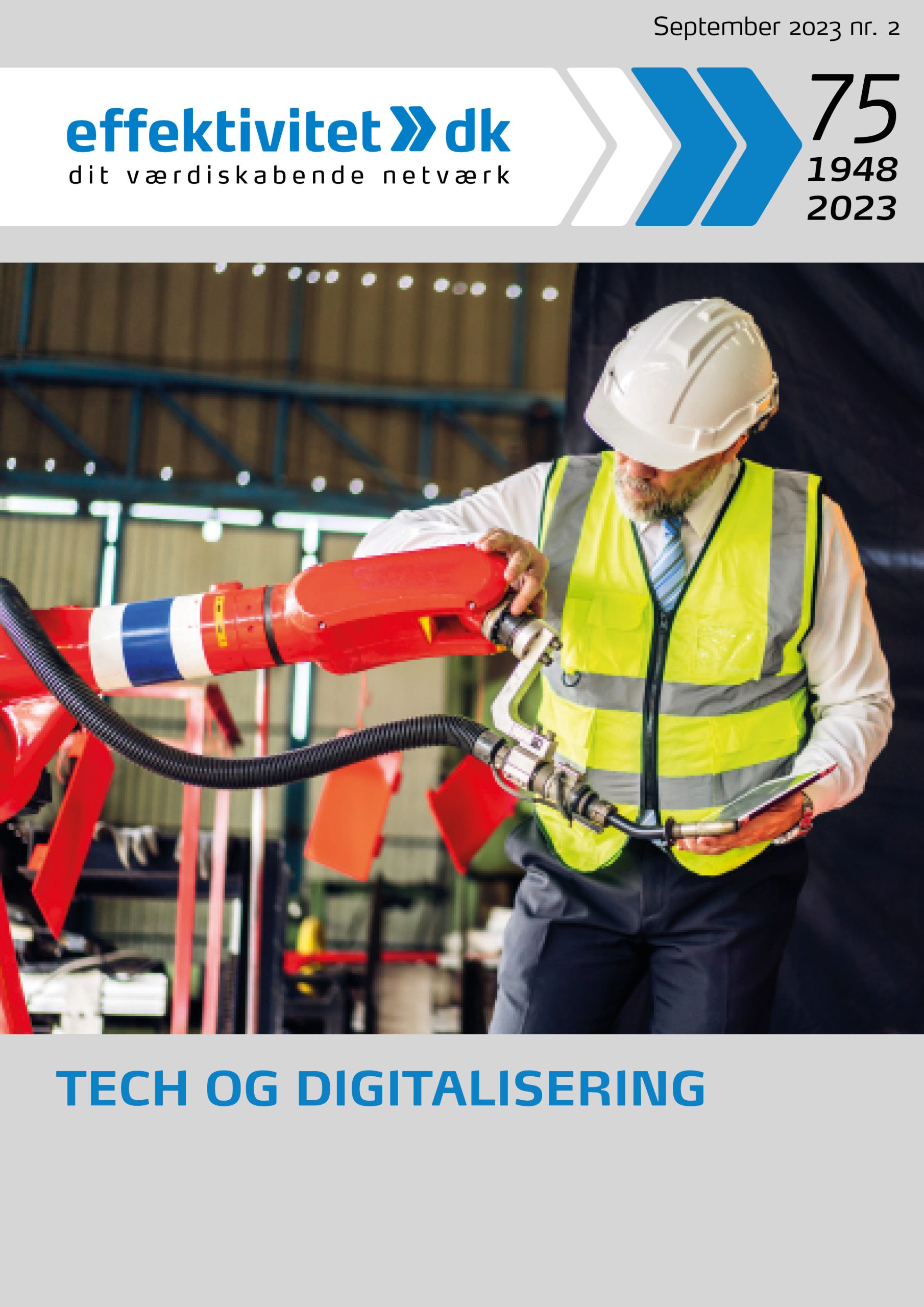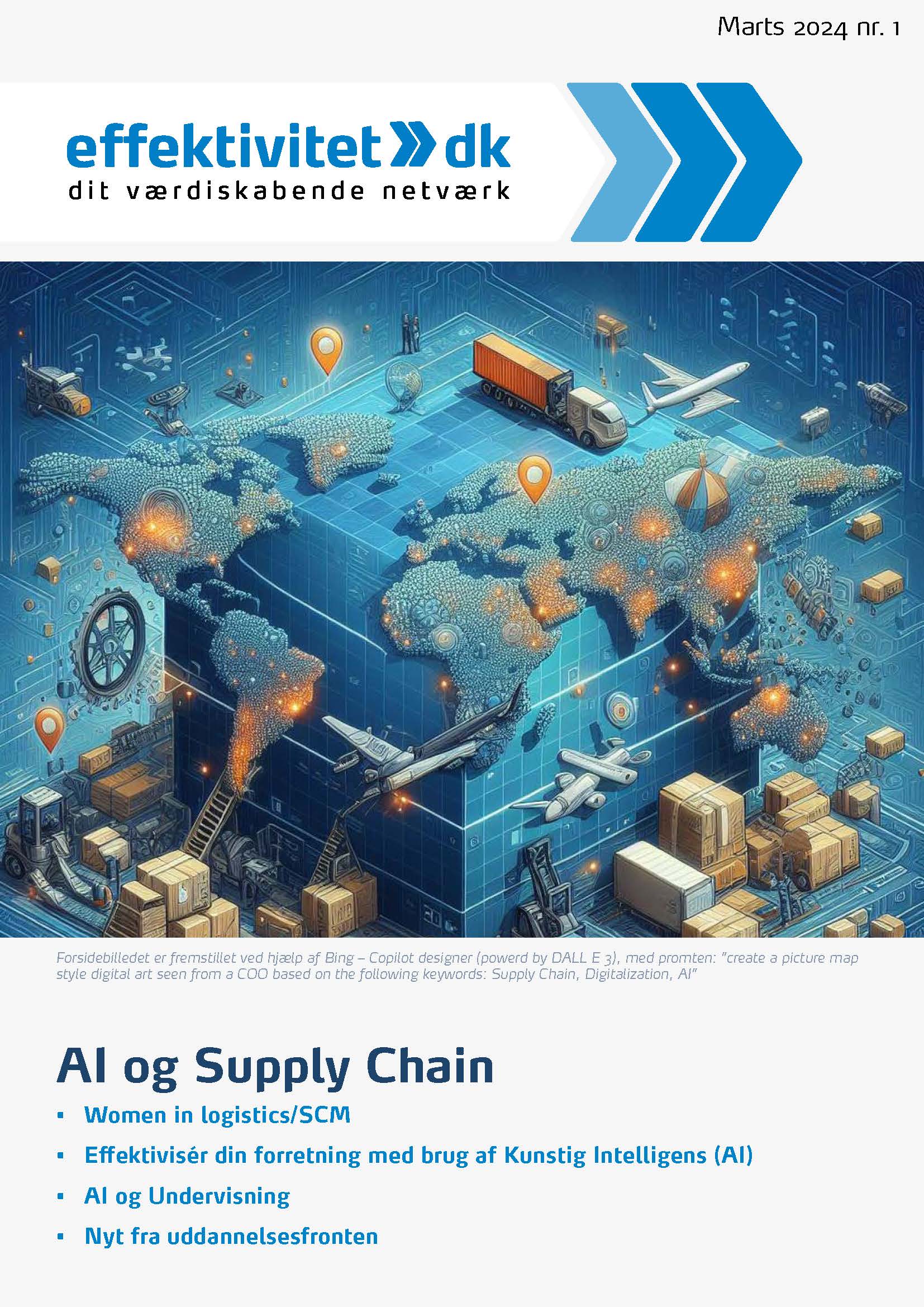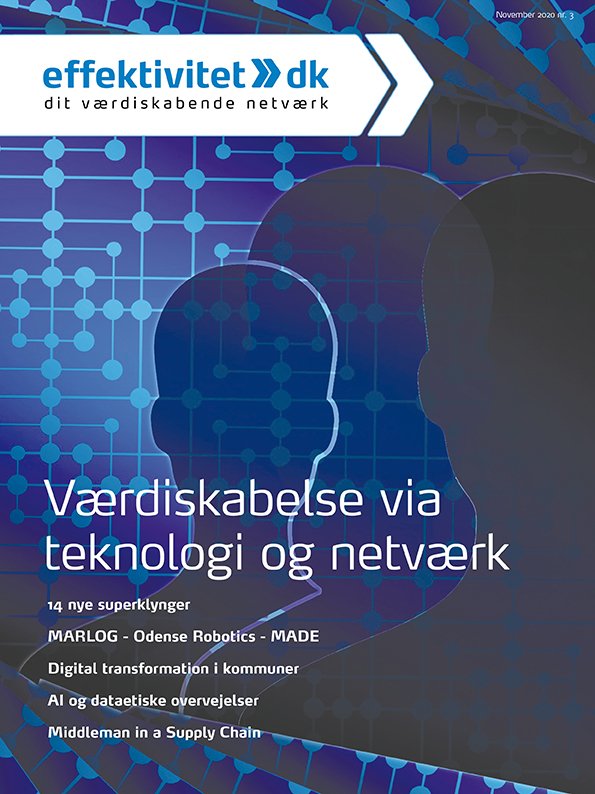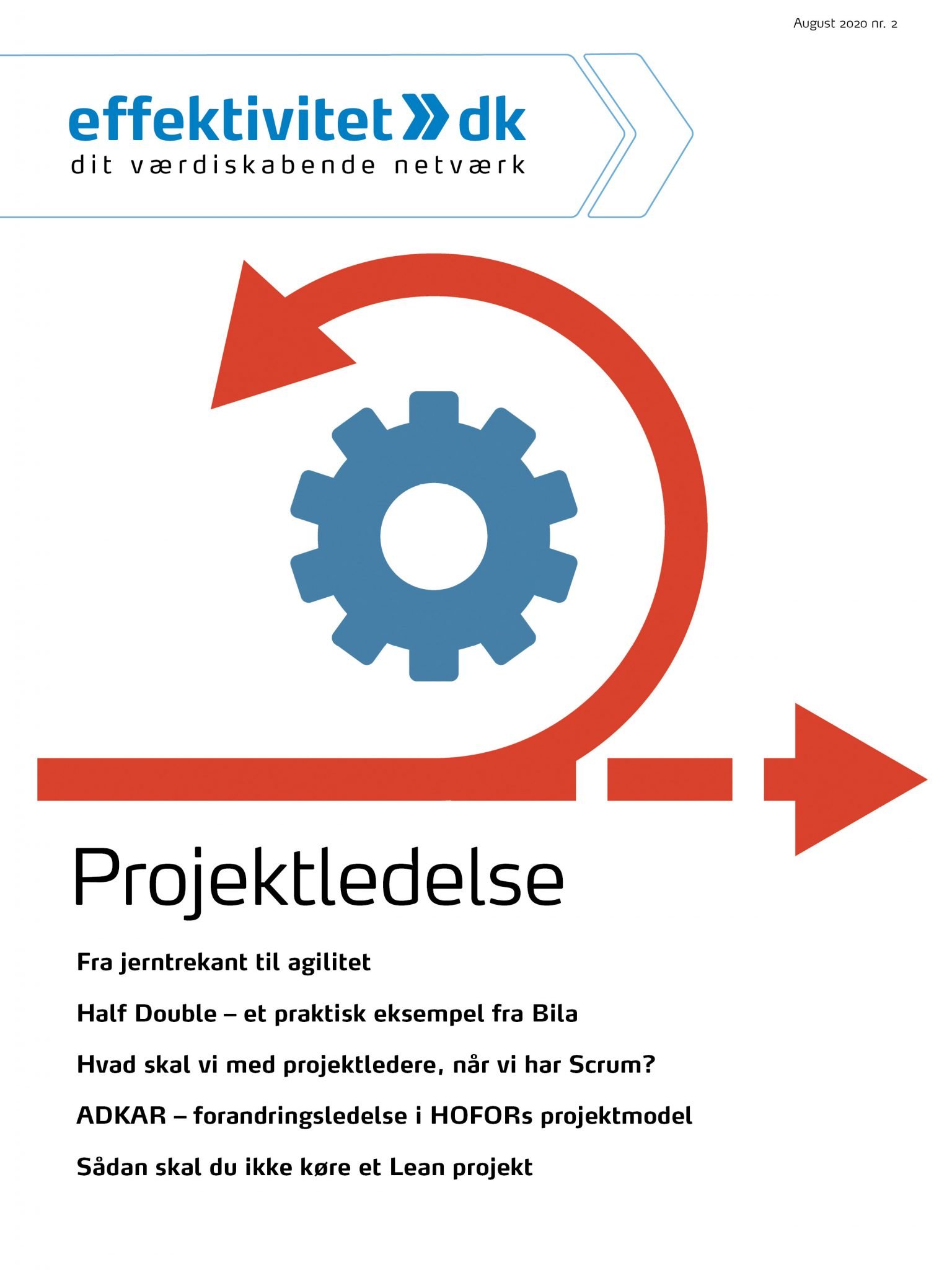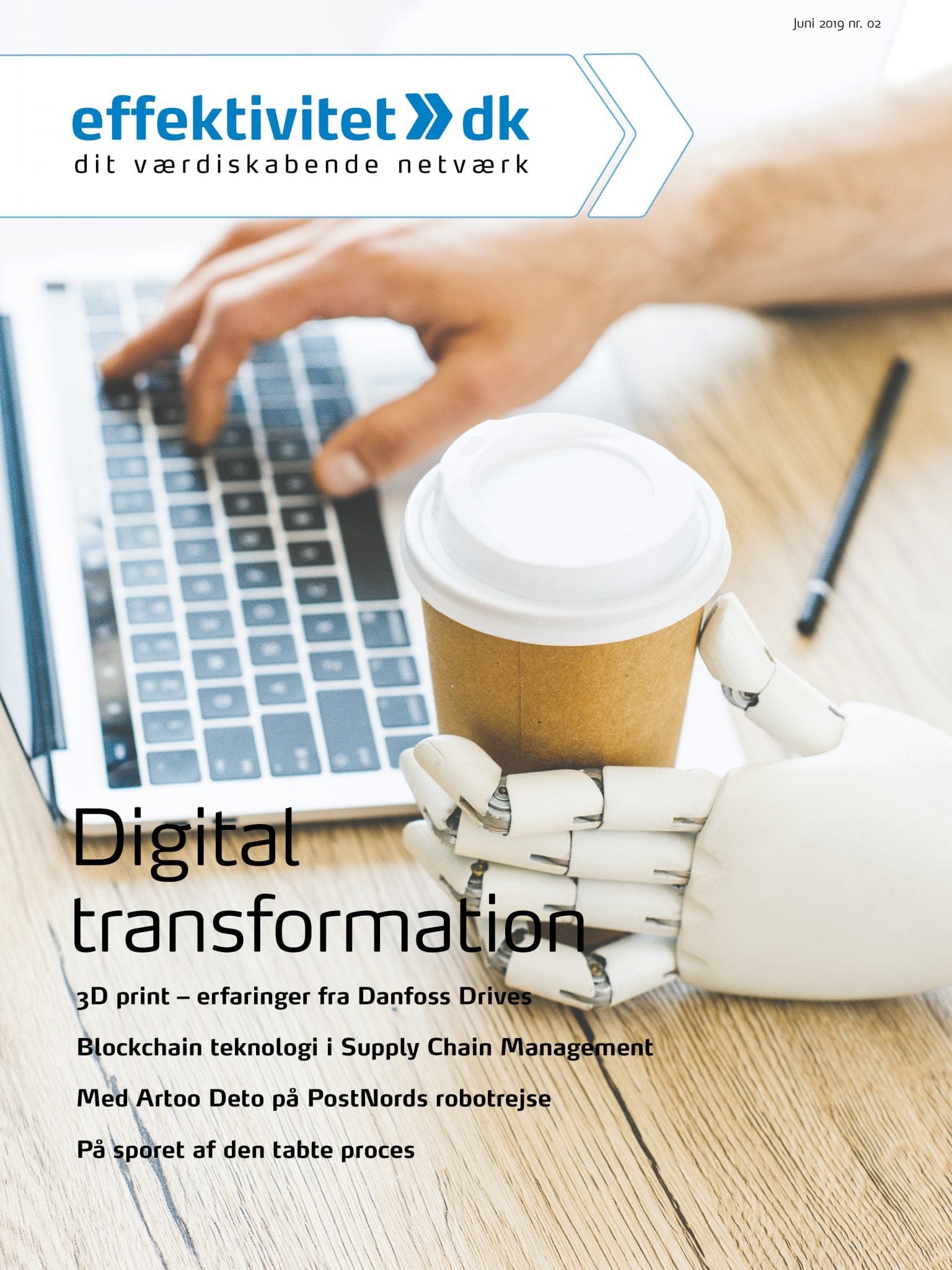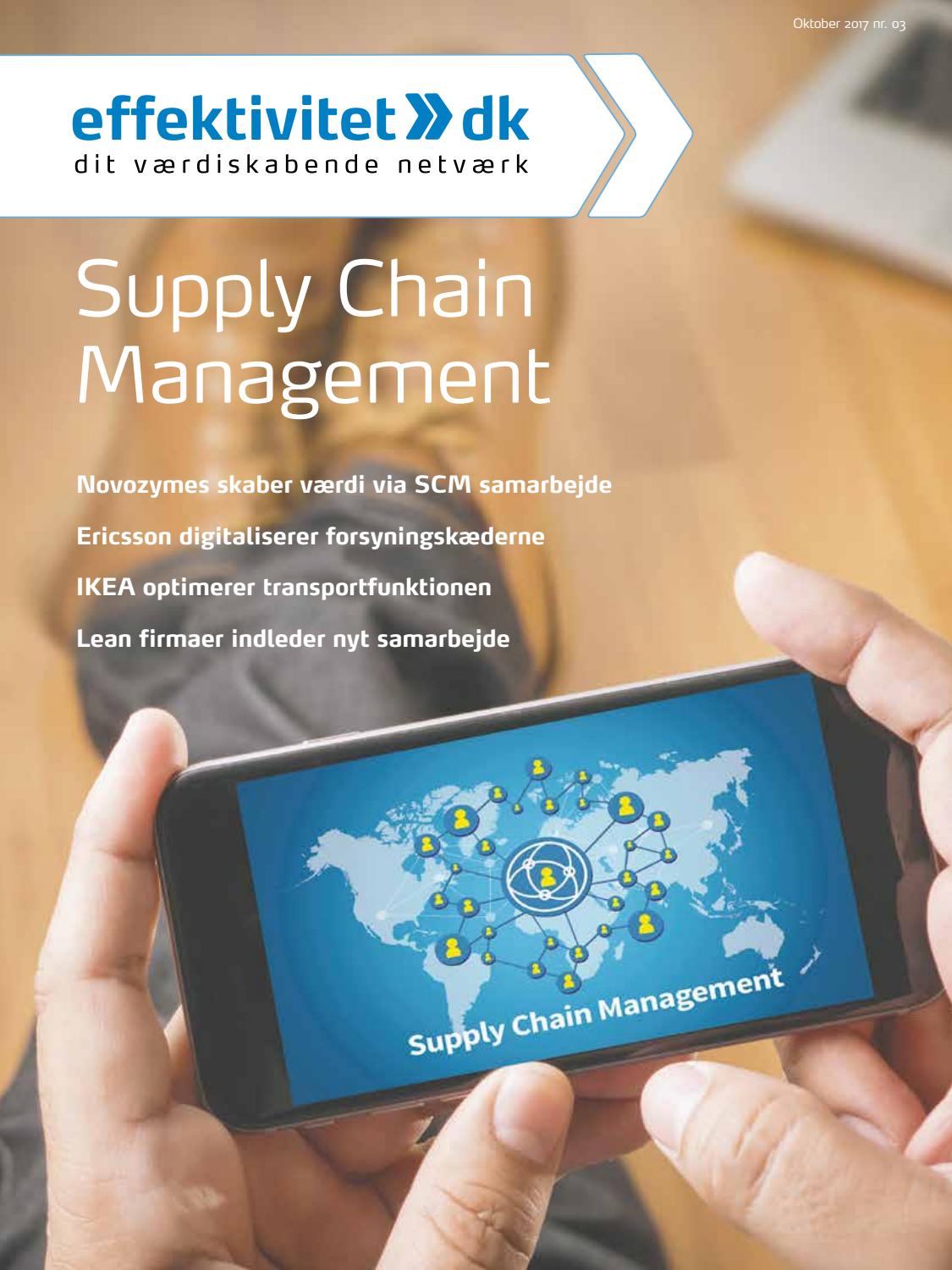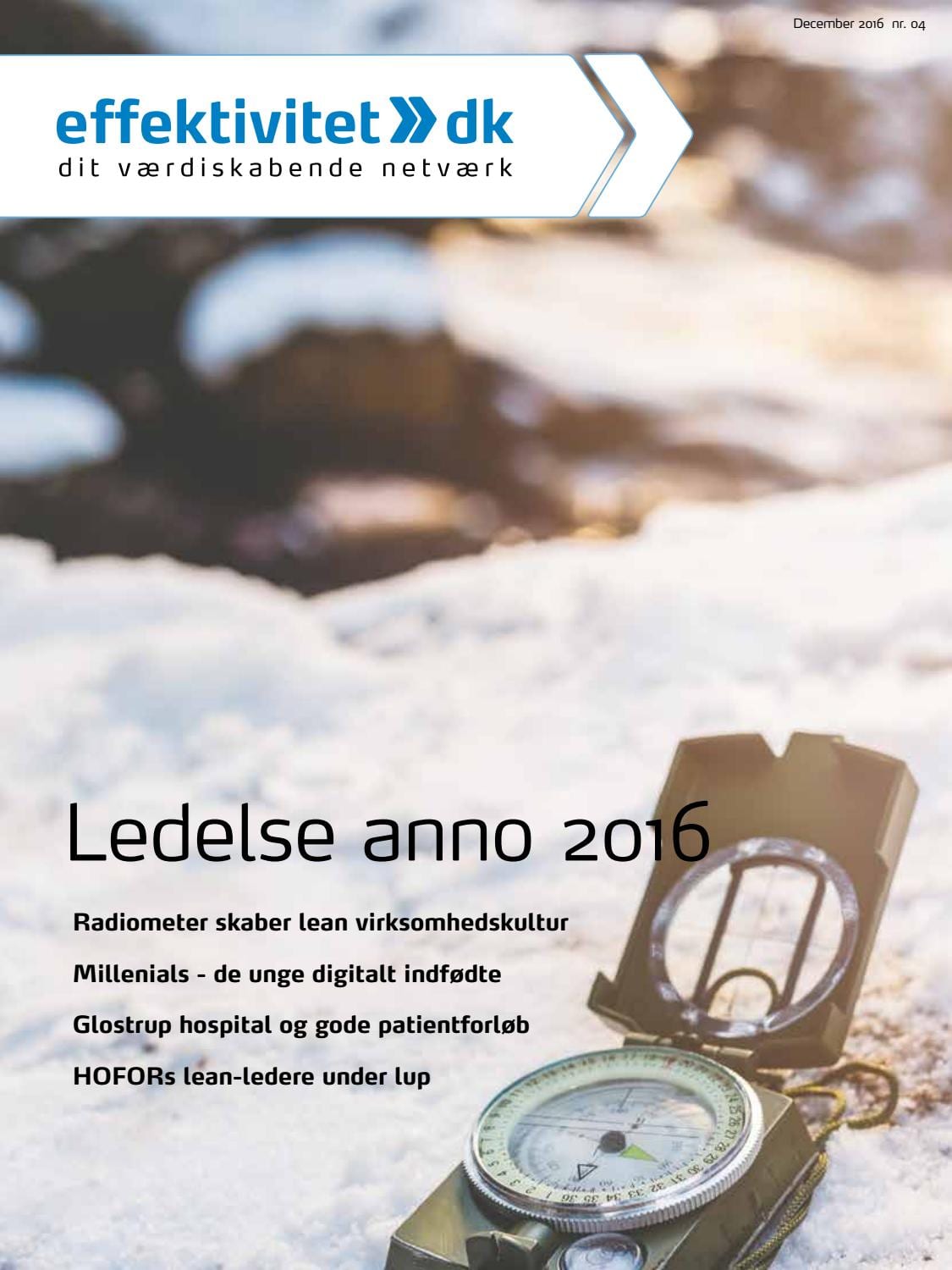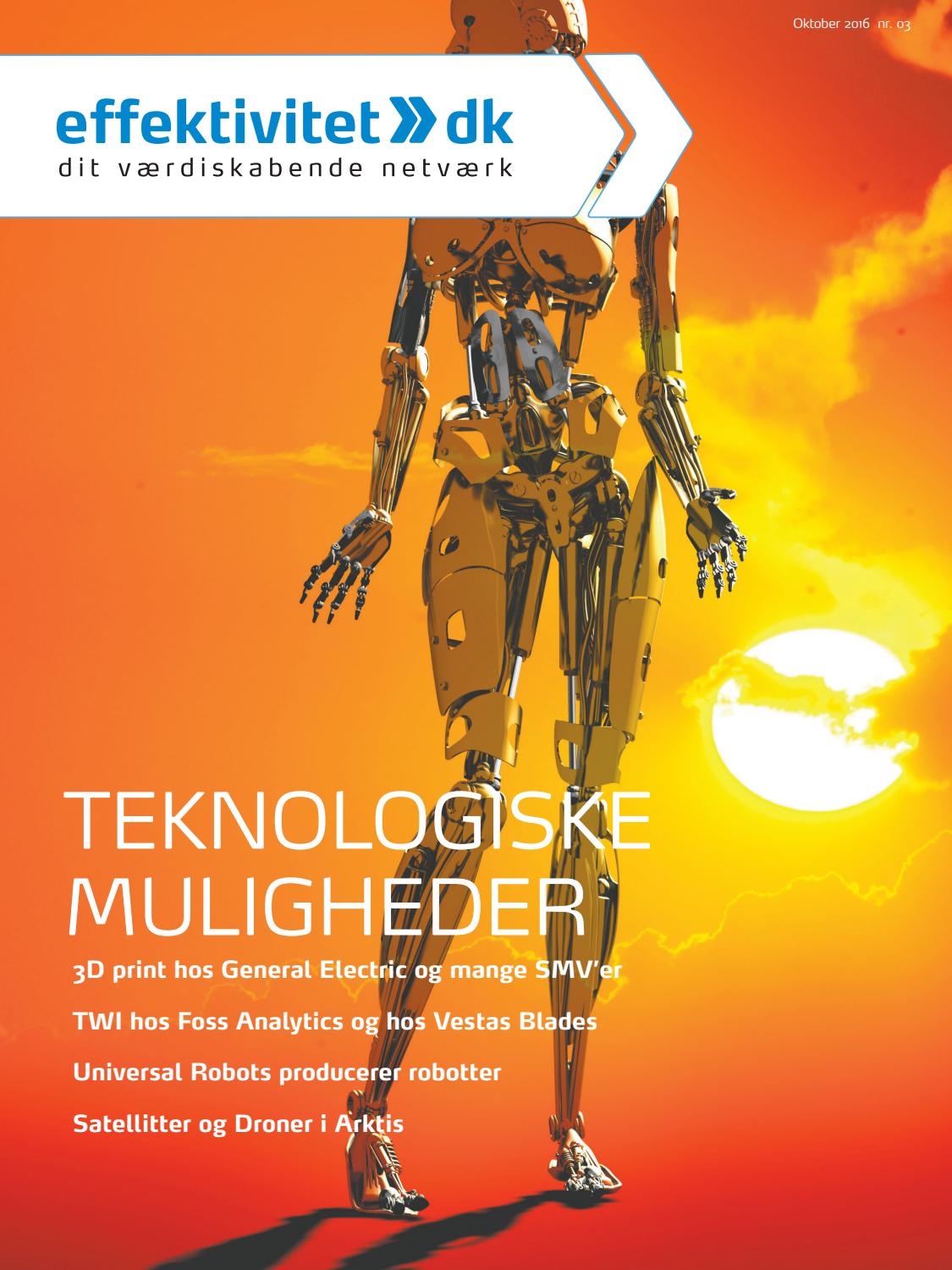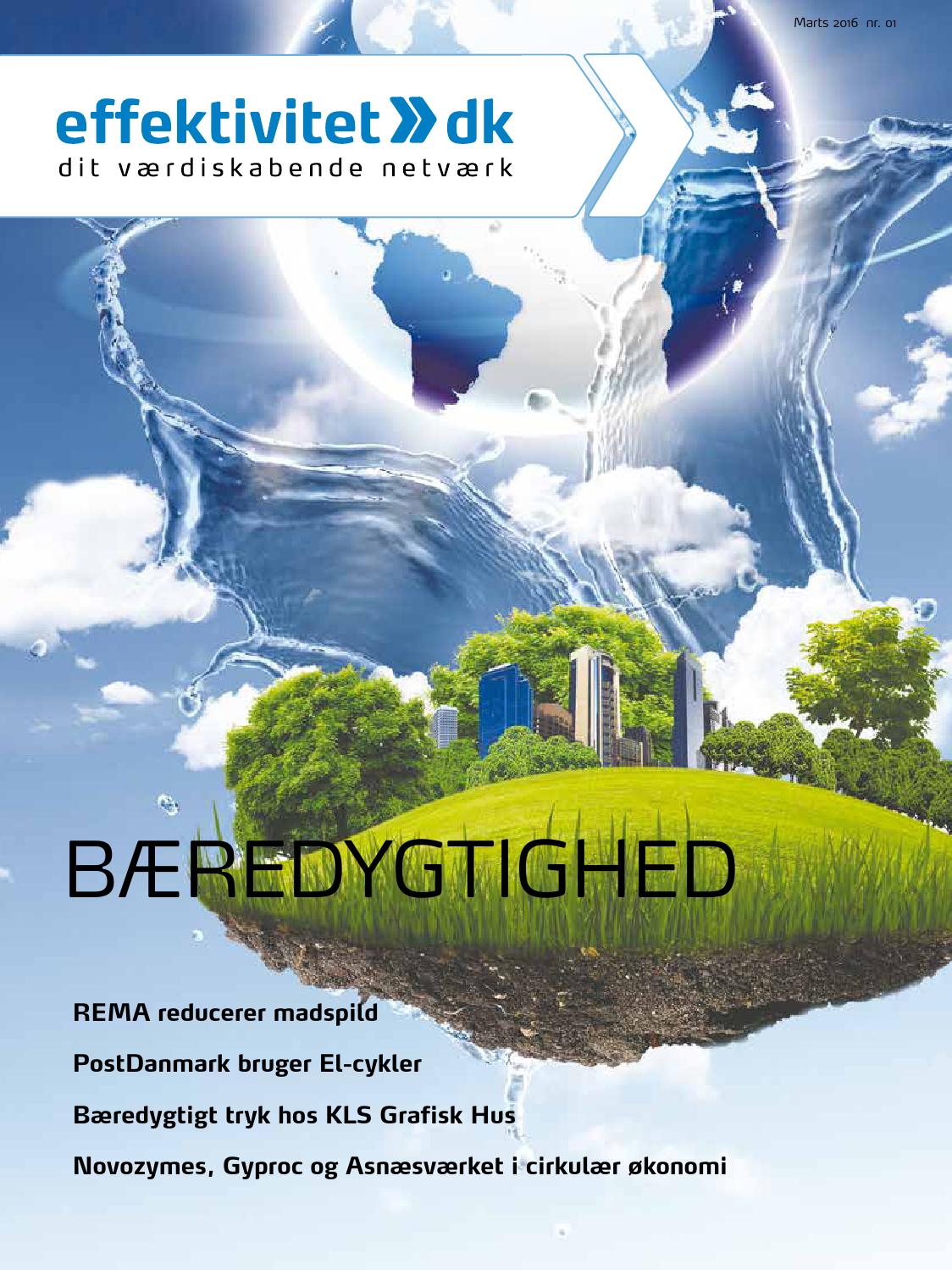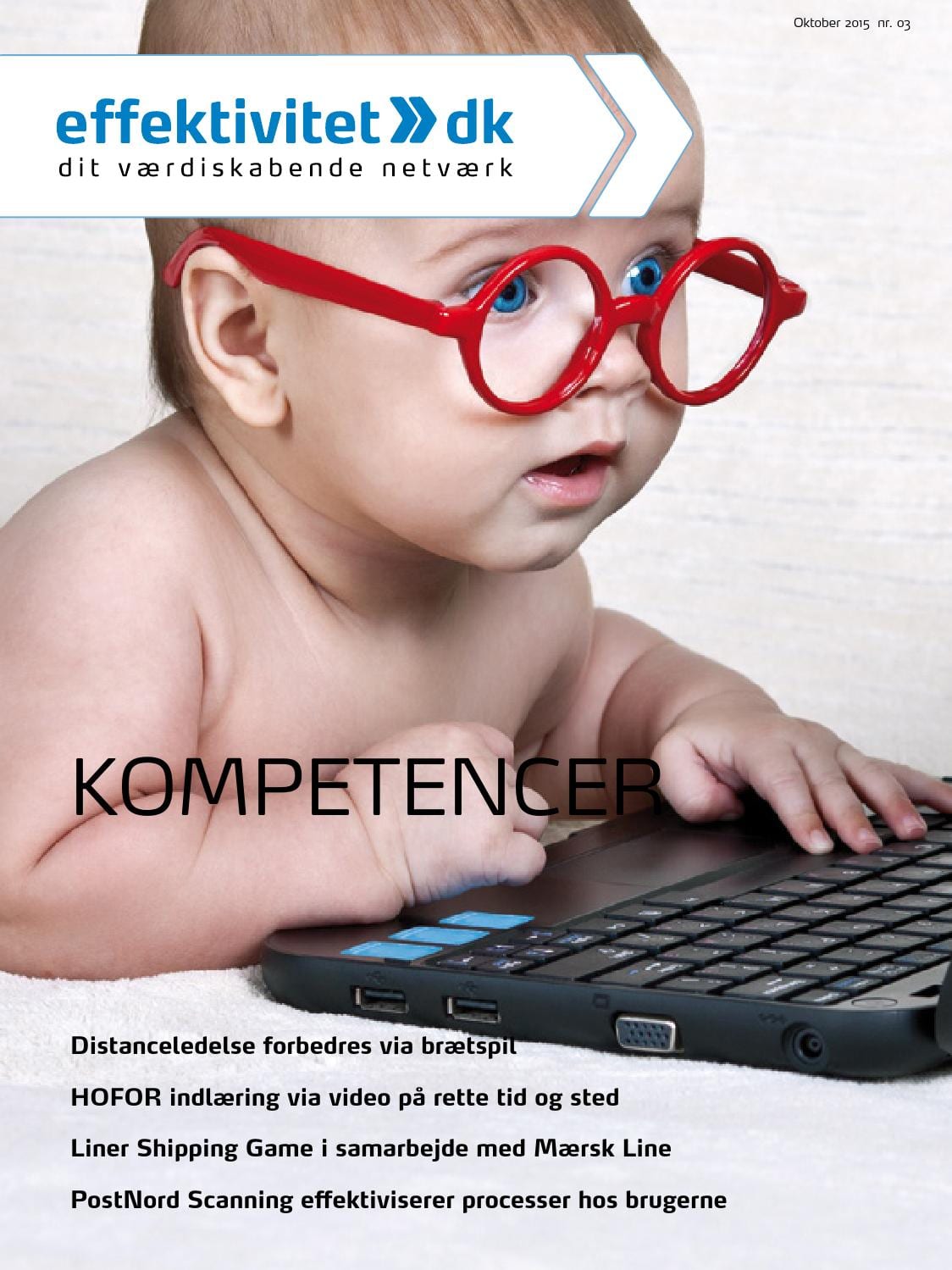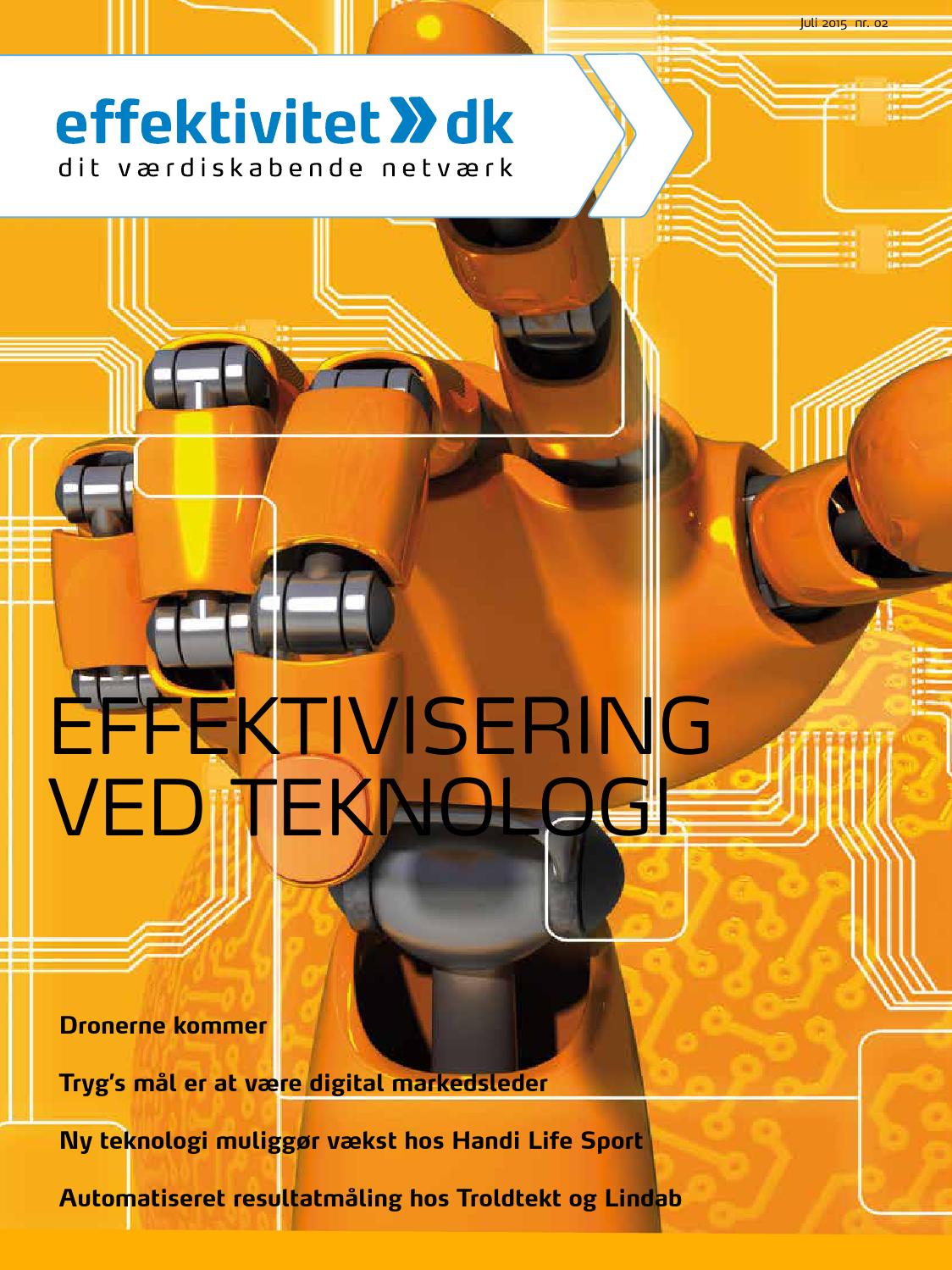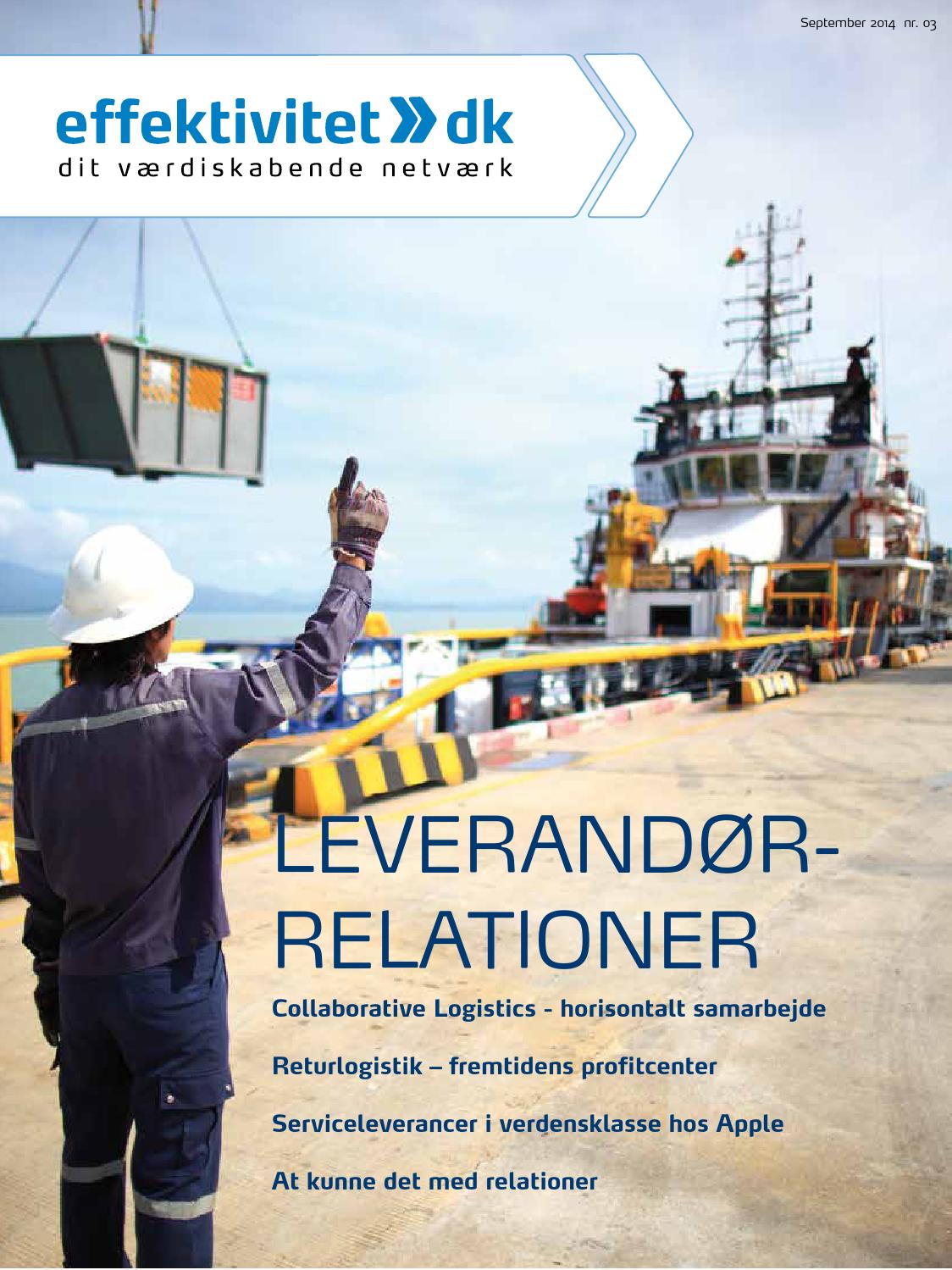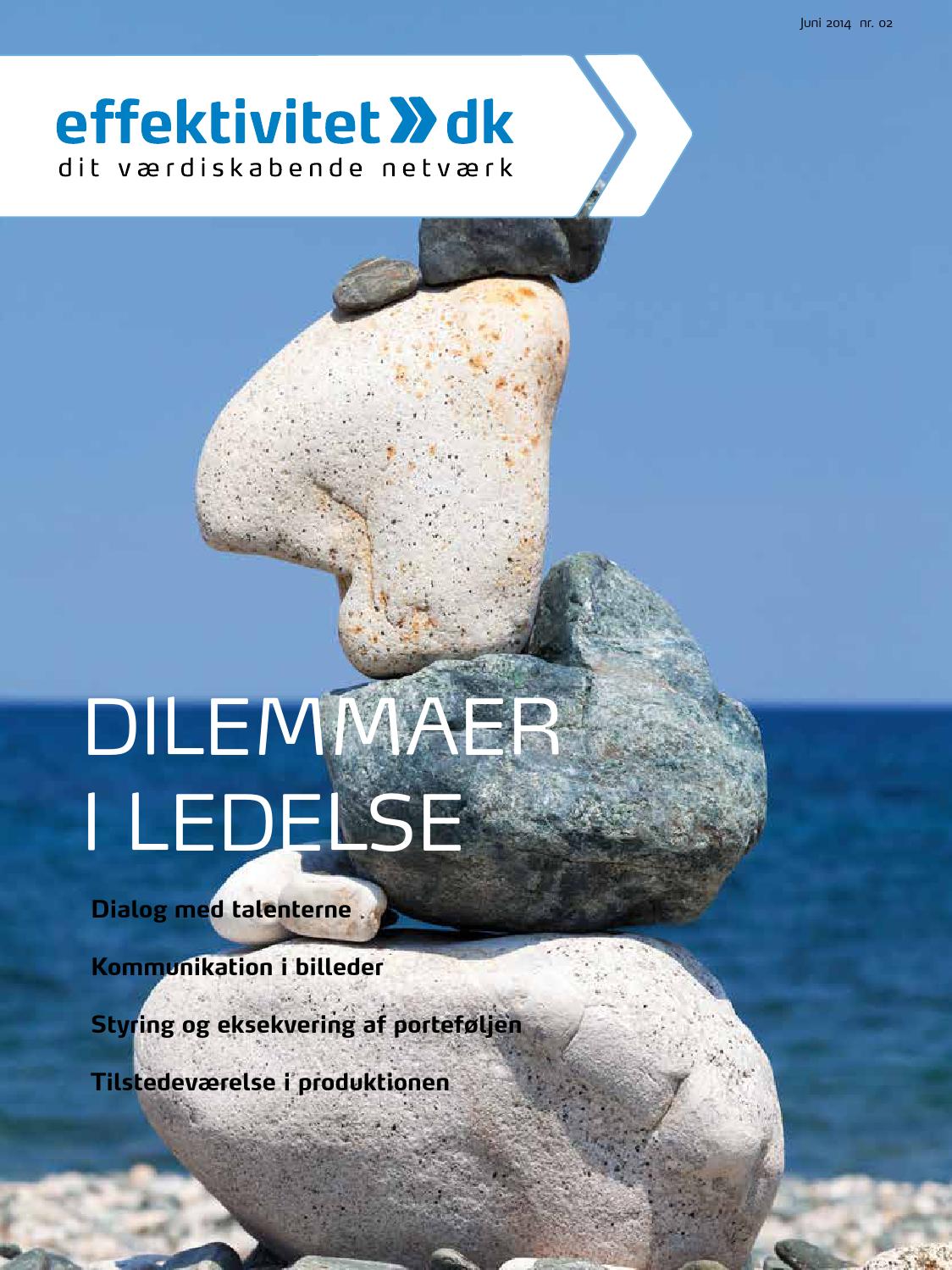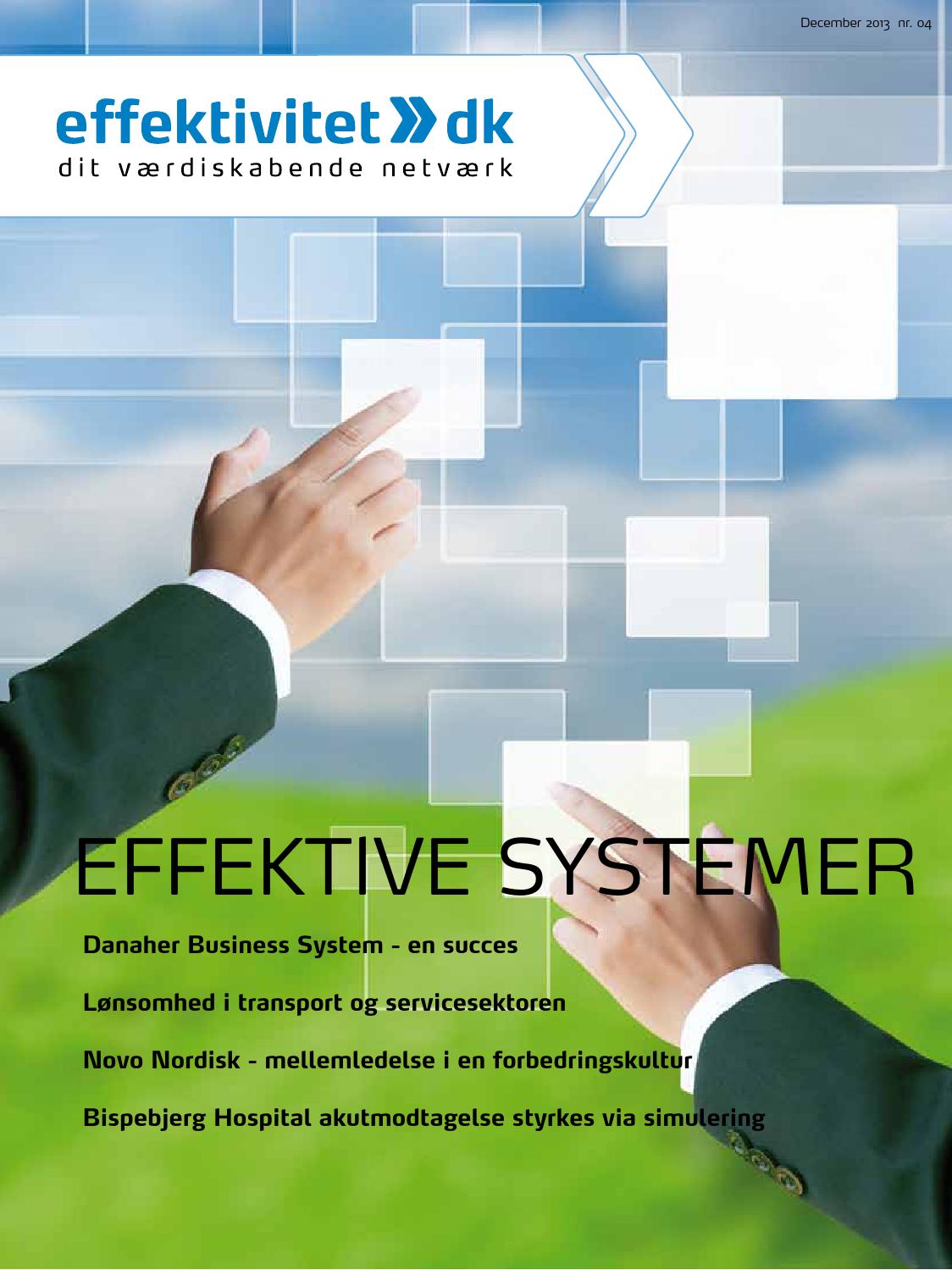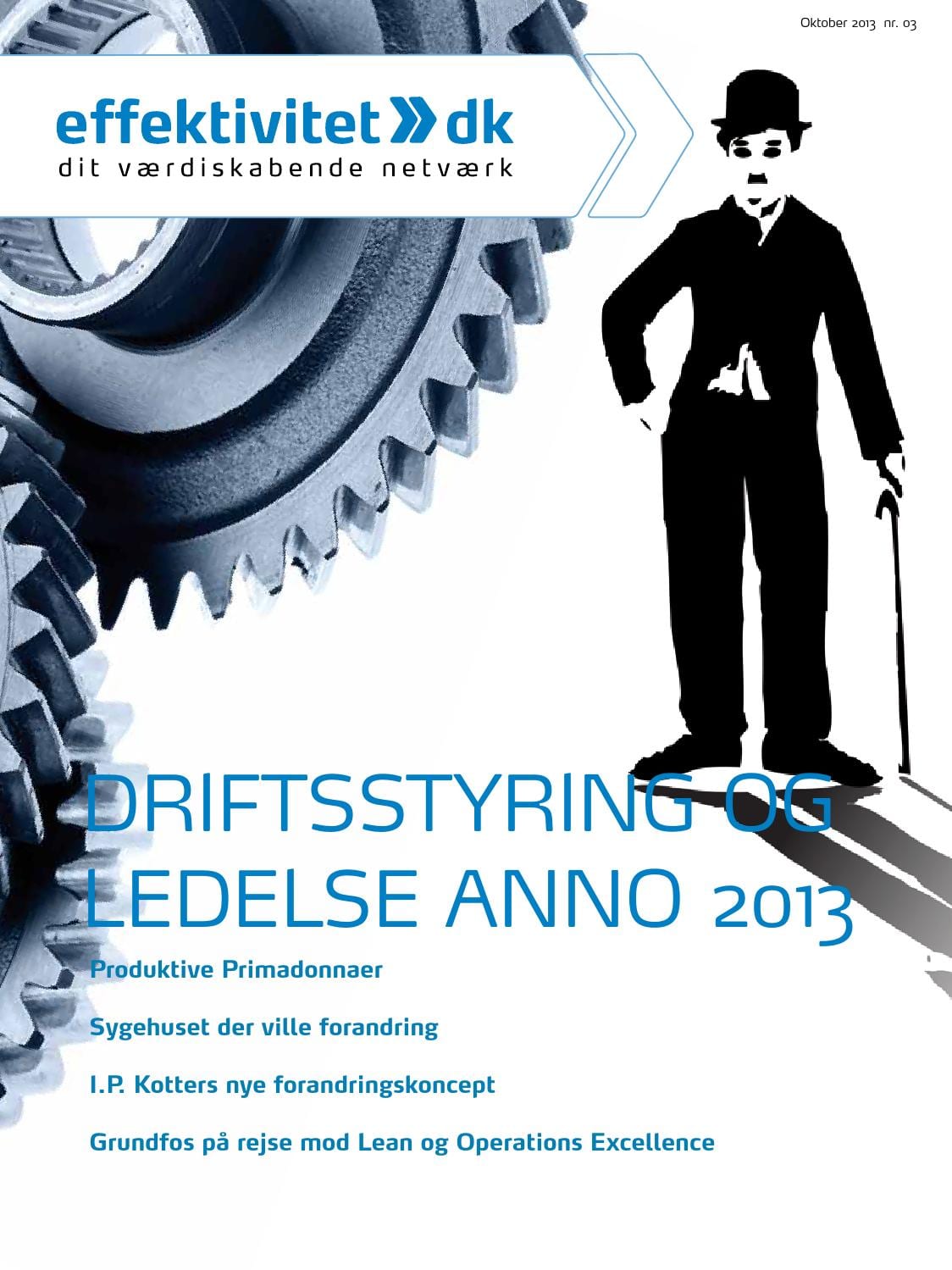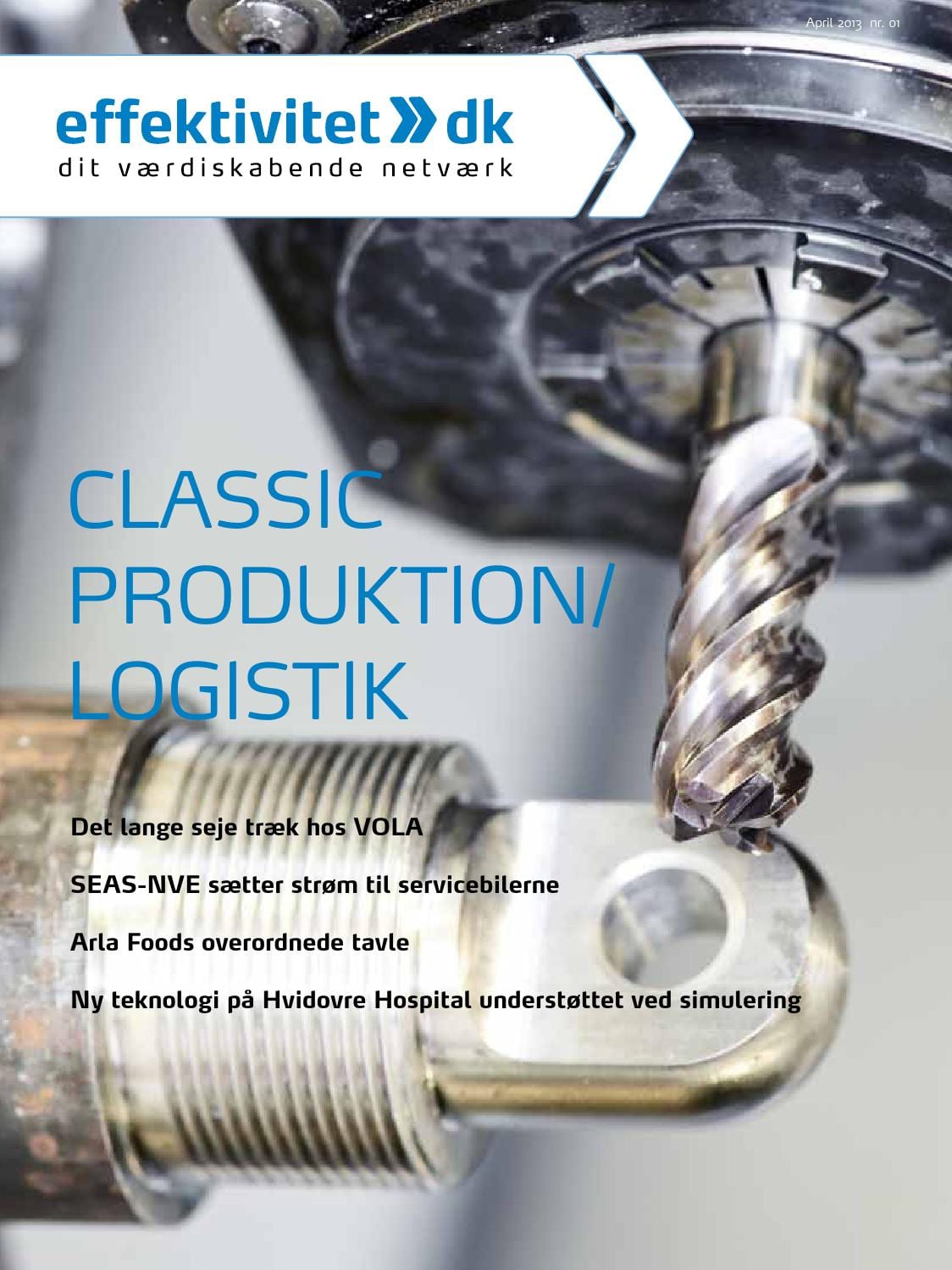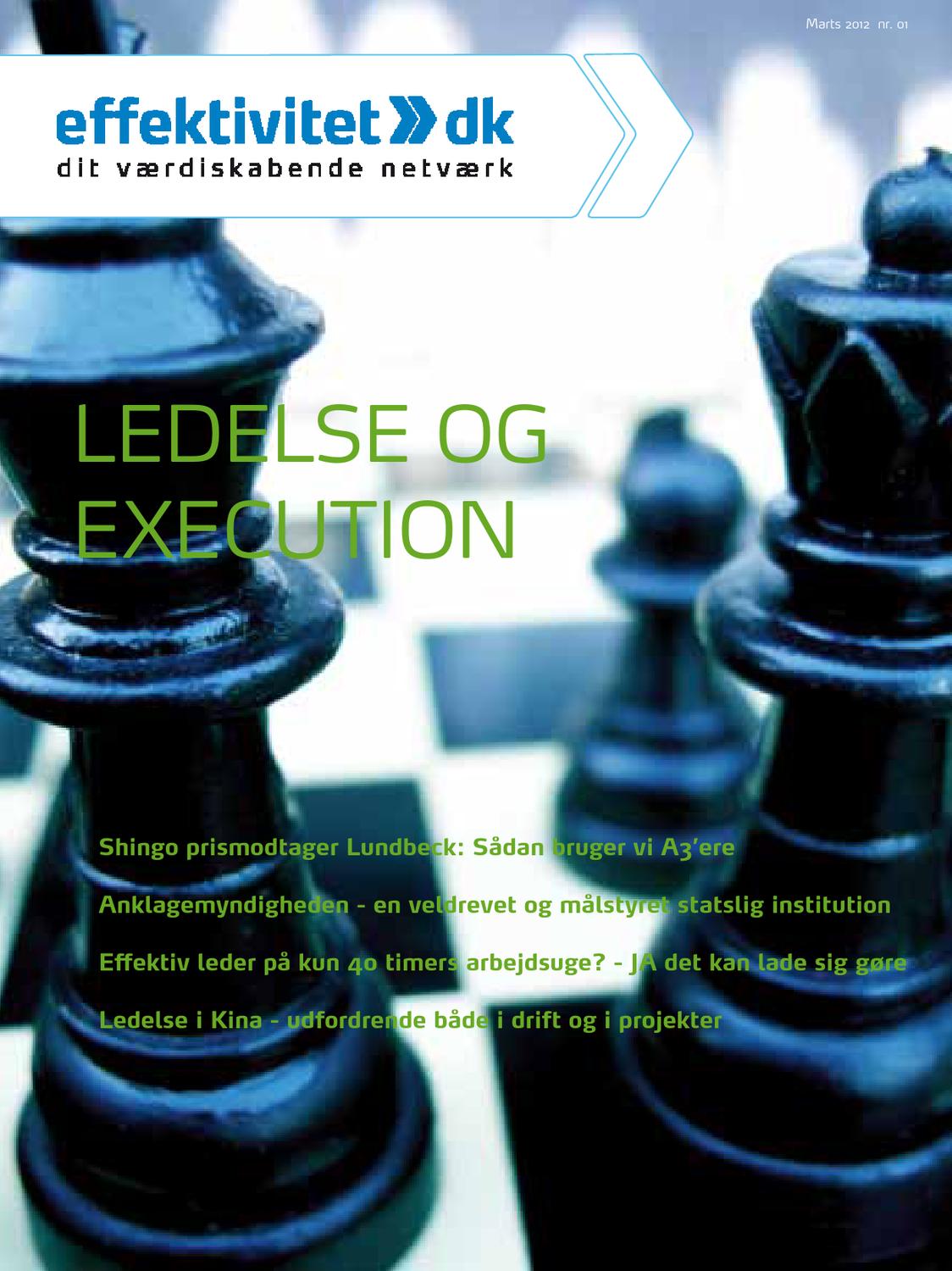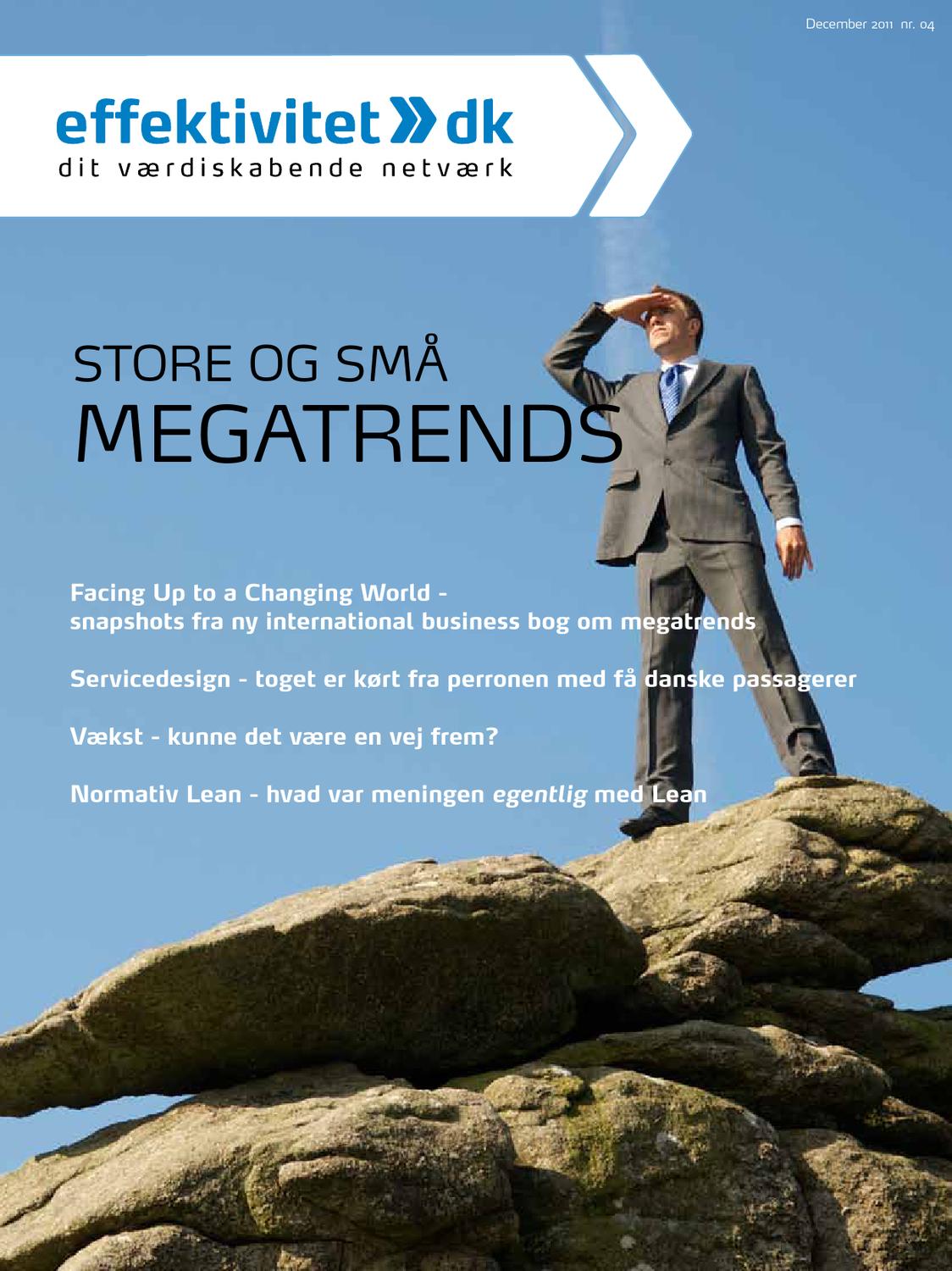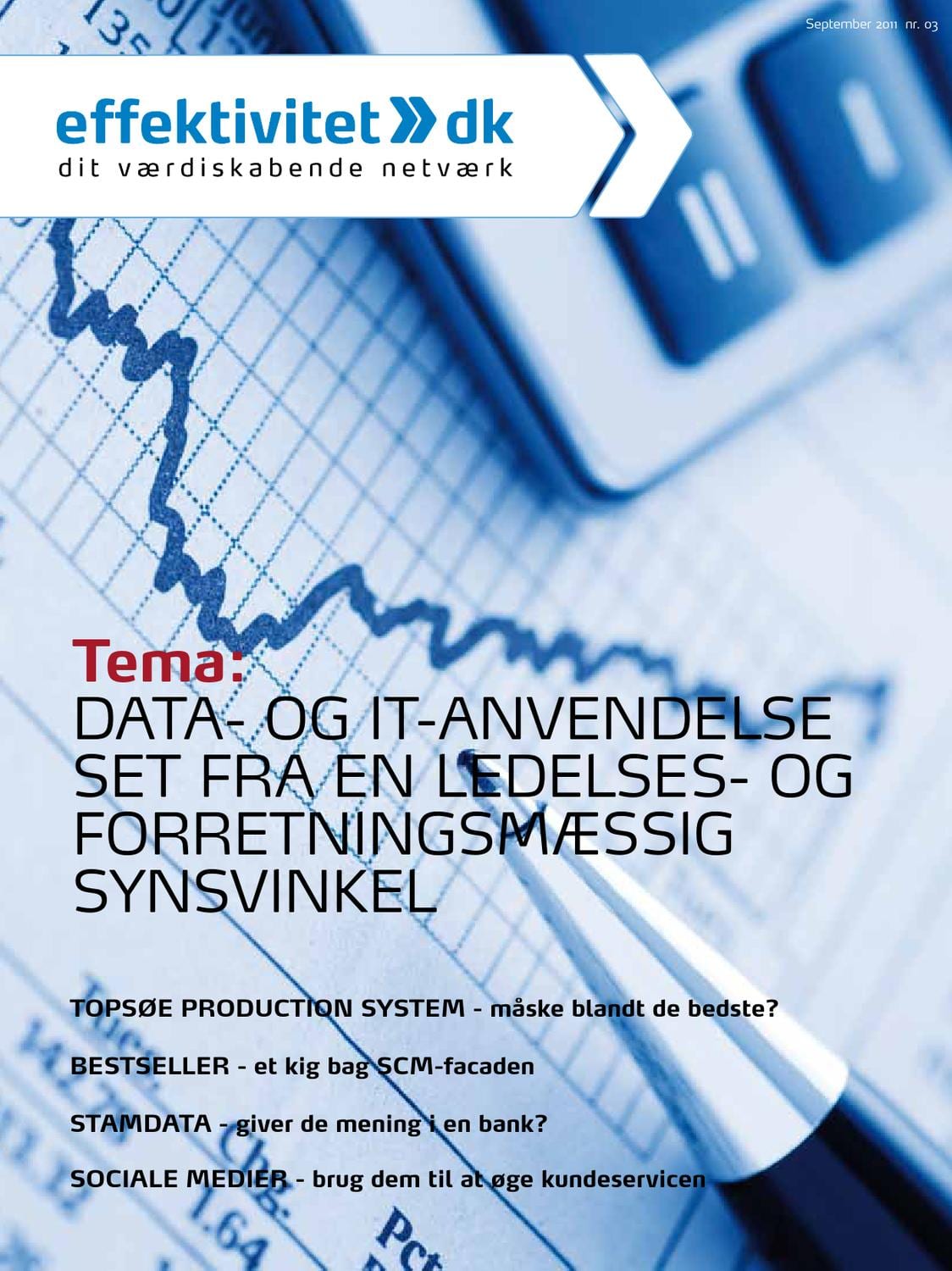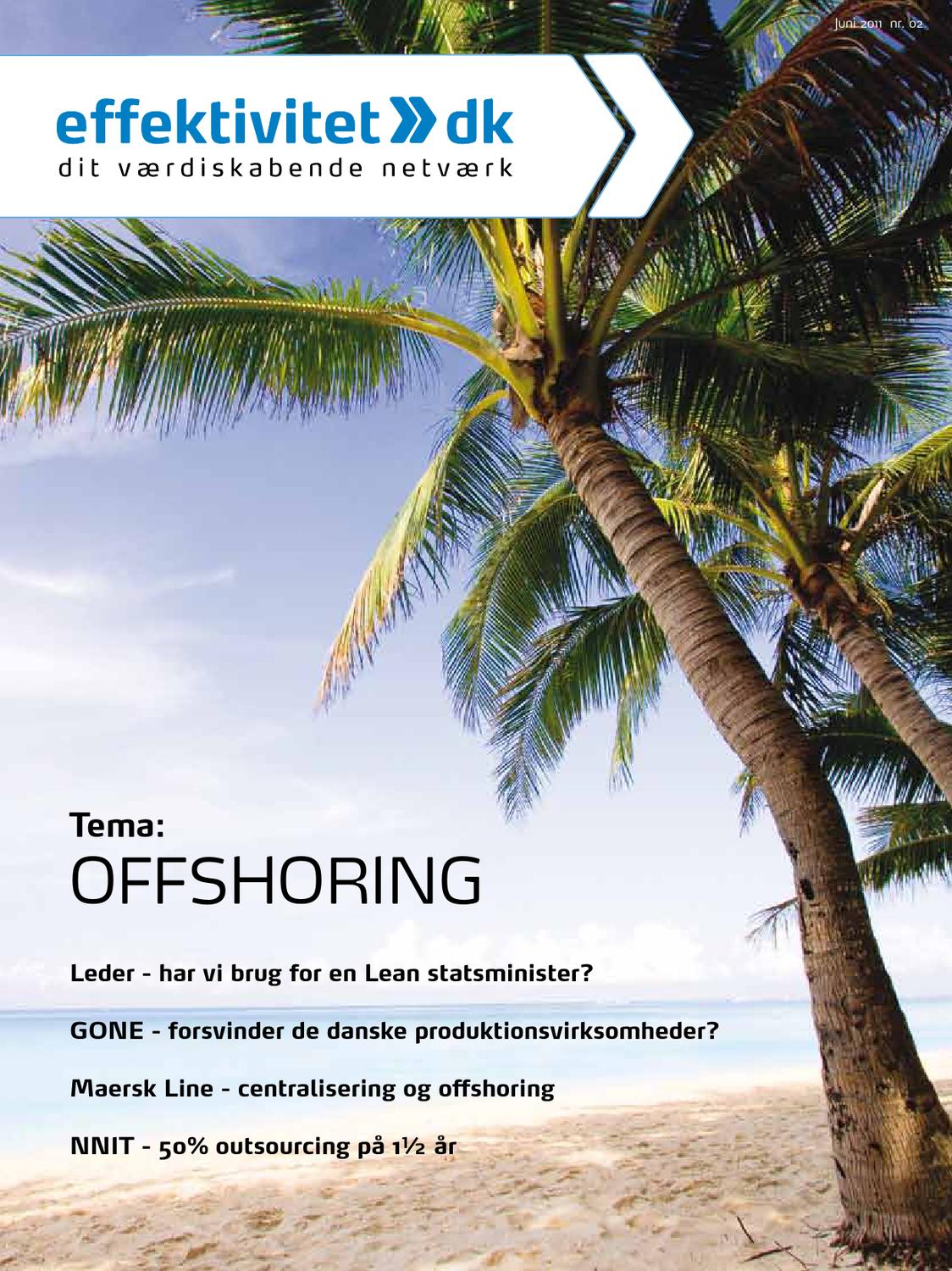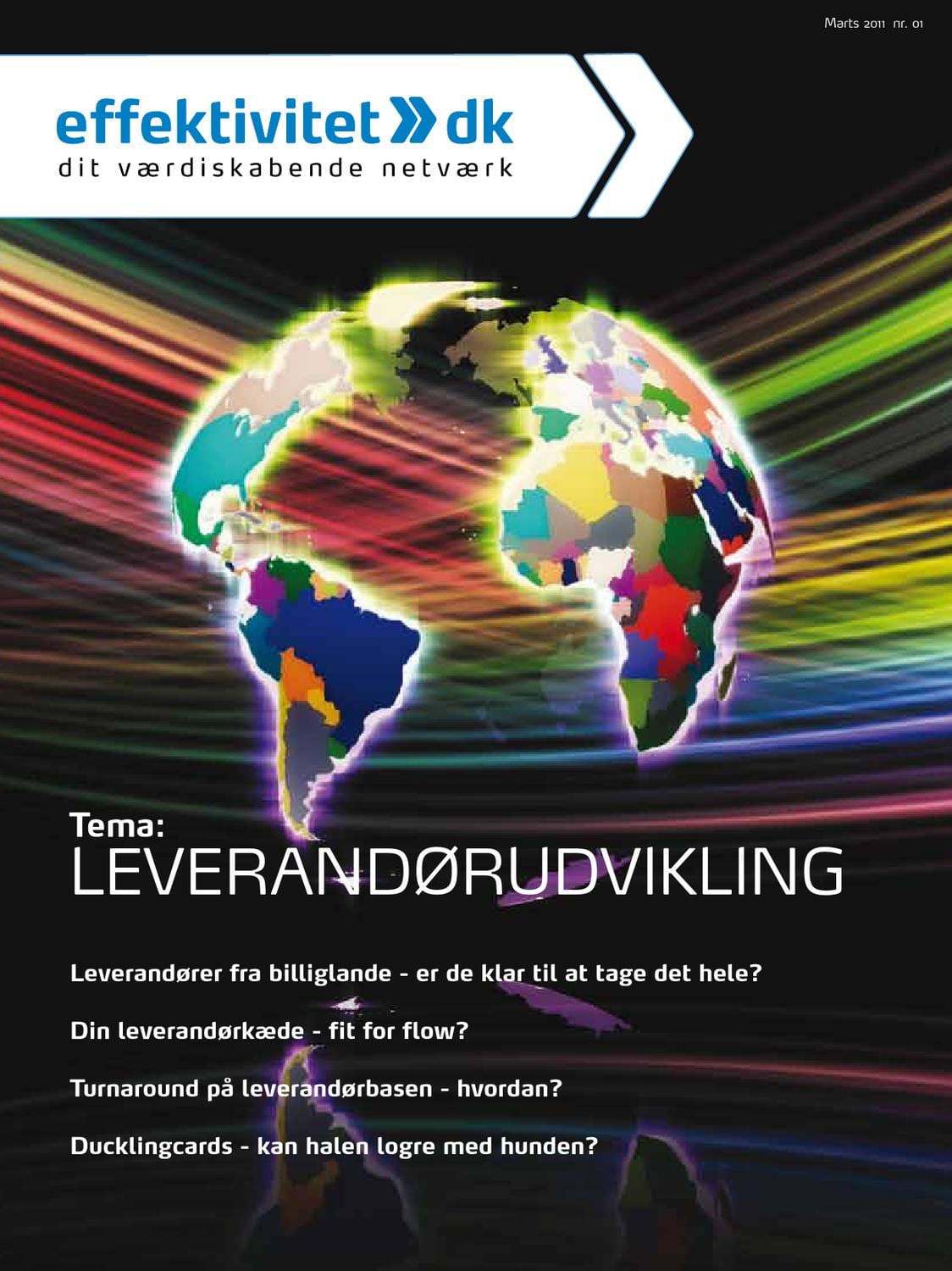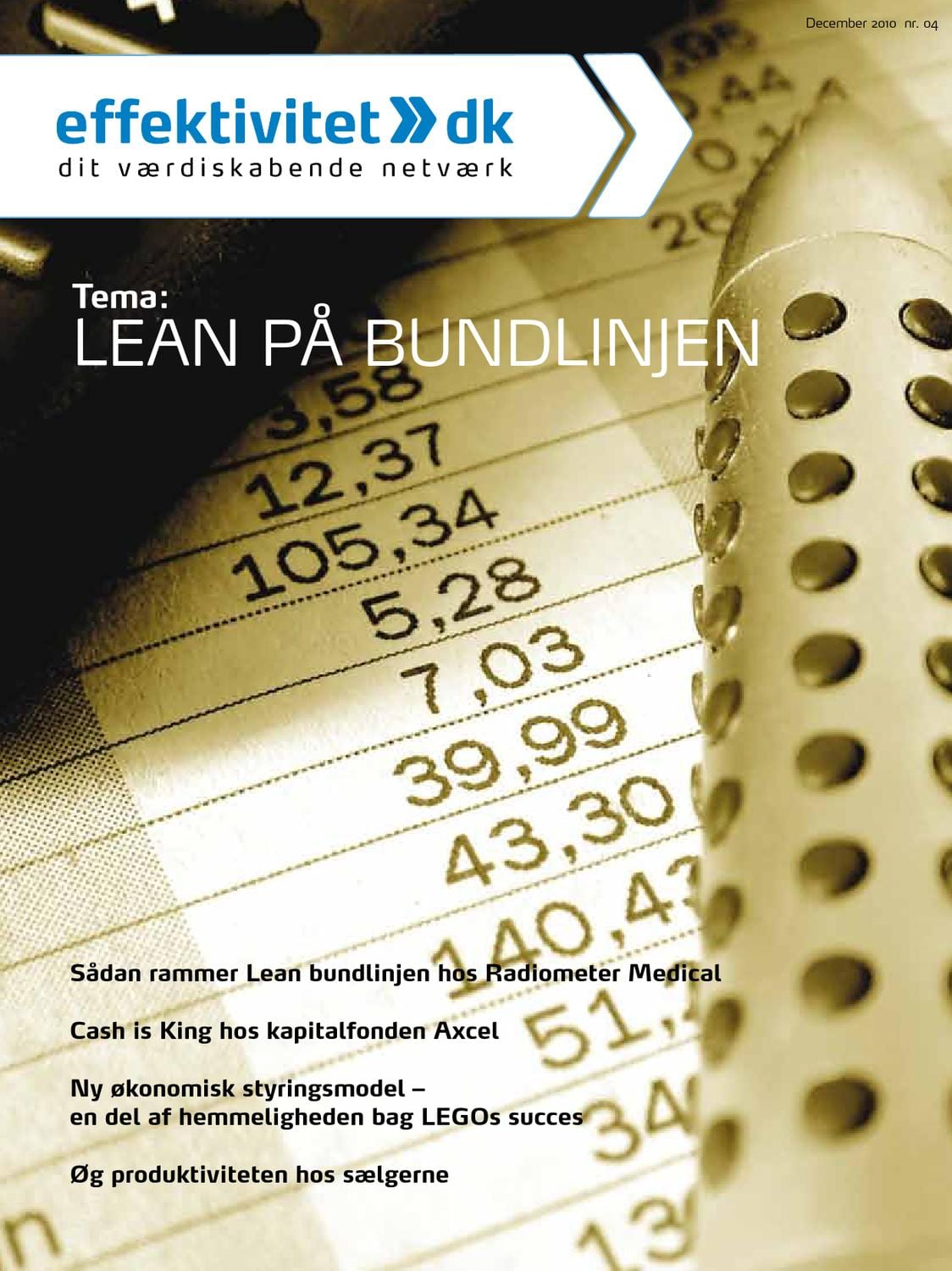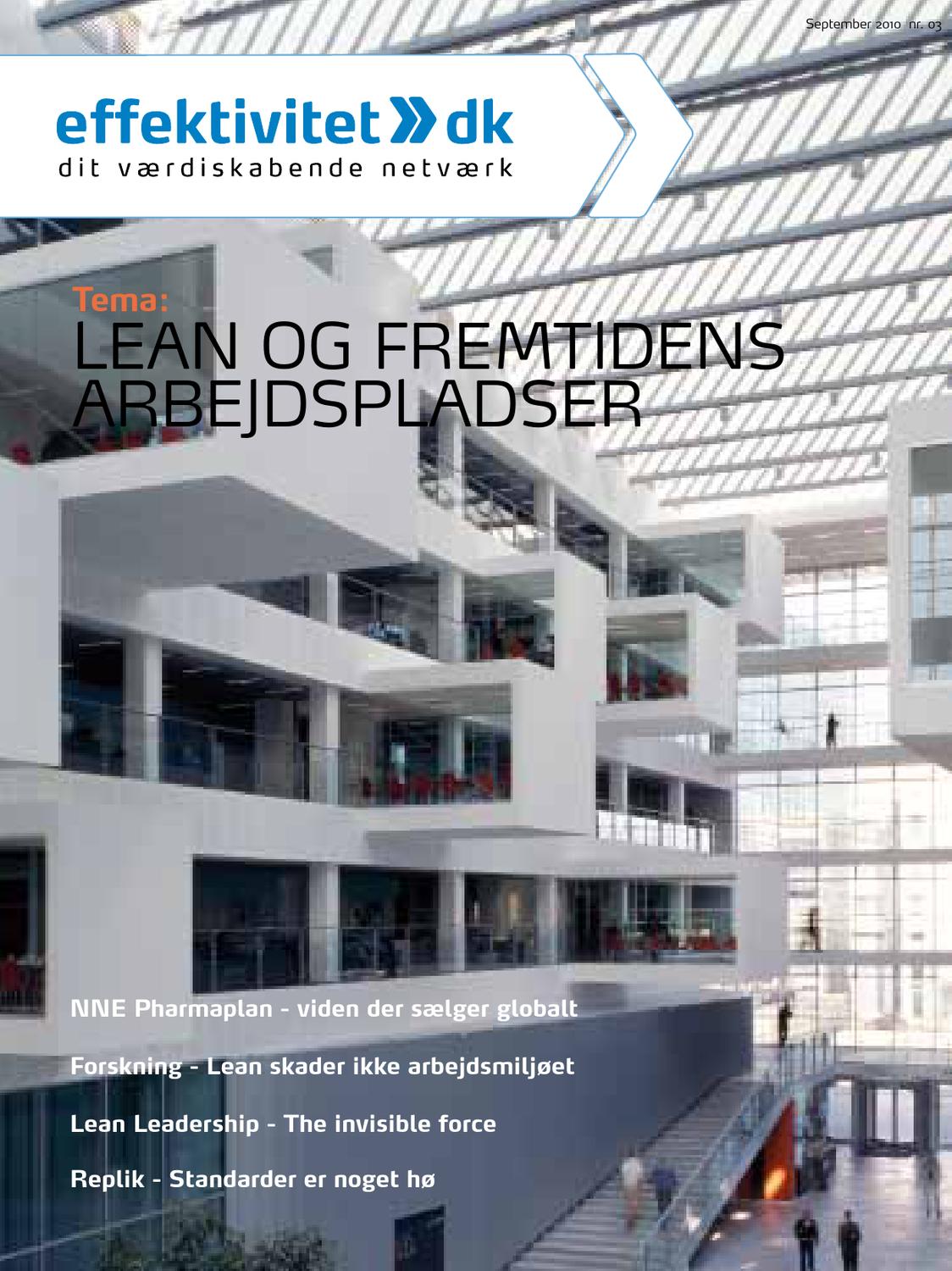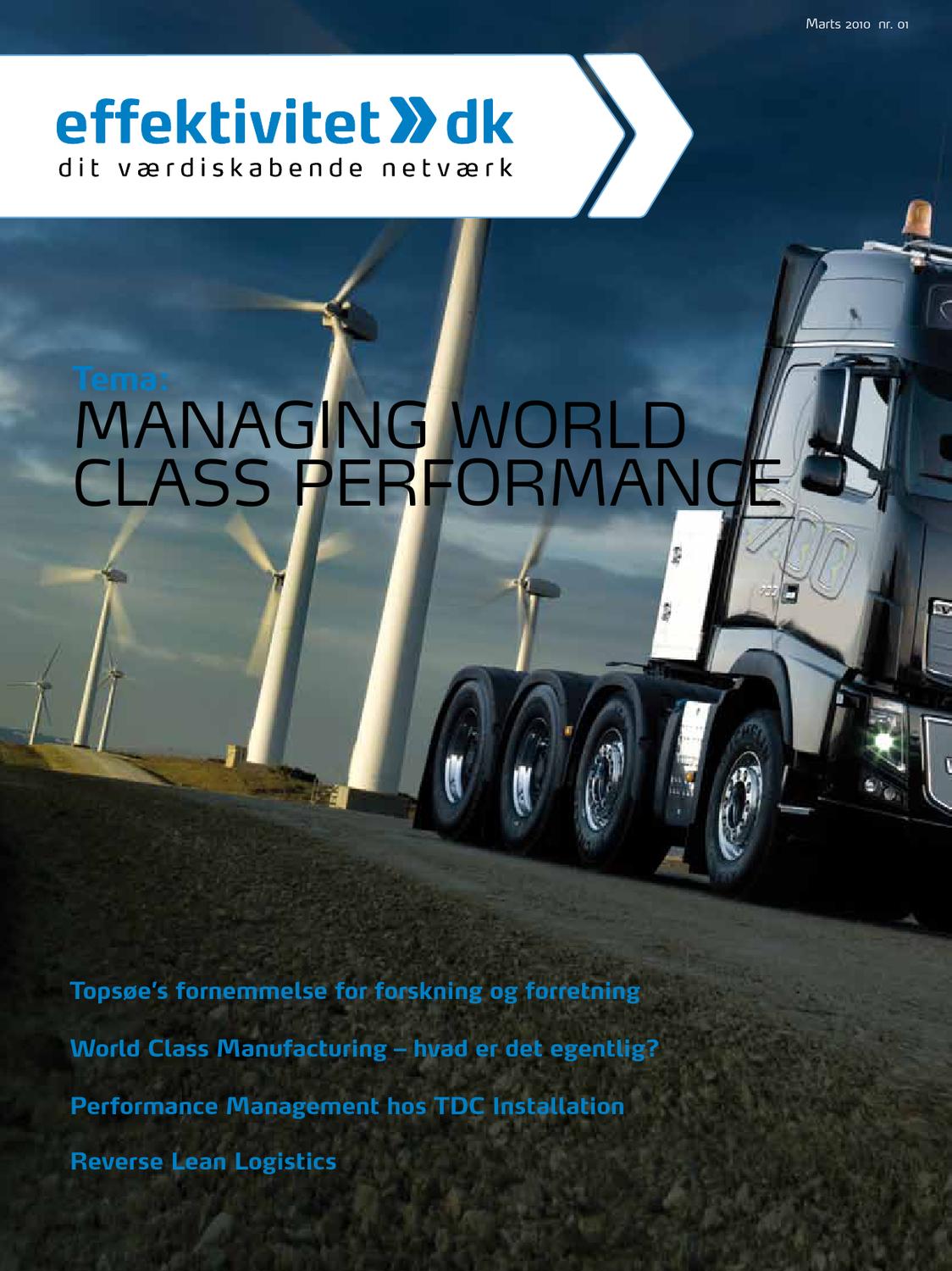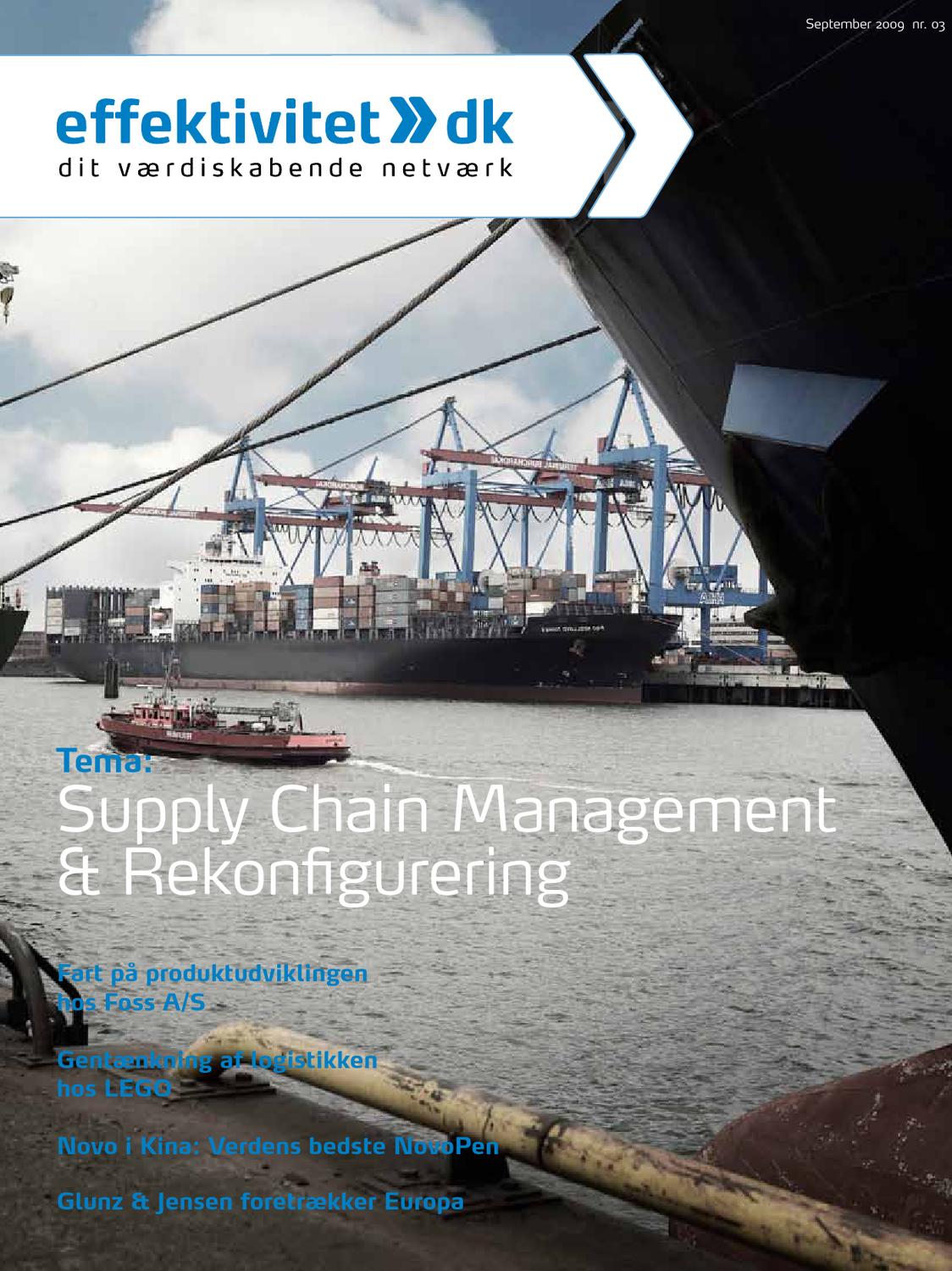Satellite navitation: Technology replacing the expert
The world of courses, competencies and certification is rapidly evaporating – replaced by a new ecosystem of resources, guidance and ratings. As automation advances, it consumes the world of learning. Where people work in partnership with technology, it is usually knowledge that is the first target for digitisation.
As a starting point, consider the role that technology has played in our everyday lives: When we drive to an unfamiliar place we no longer worry about memorising the route – we simply type in the destination and our satellite navigation does the rest. I no longer have a map in the back of my car, and I have stopped worrying that my daughter doesn’t know how to read one.
And there is a much broader significance than people realise: Uber could not exist were it not for Satellite Navigation. In London, for example, black cab drivers are required to pass ‘The Knowledge’ – a gruelling certification requiring people to learn every route in the city – a process which can take many years, and which produces an elite tier of technical experts who command a certain rate of pay.
It is satellite navigation – not Uber – that disrupts this status quo, by ensuring that anyone with a basic level of capability can perform as well as (and sometimes better than) the expert.
Guidance can replace courses
Now imagine Satellite Navigation for all the technical roles in your organisation: Decades of accumulated wisdom delivered in the form of simple guidance, at the point of need. What would that do to your resourcing model? What would that do to your business model?
Many of us will be tired of hearing about automation, so instead I would like to talk about theroadmap to automation: The distinct developmental stages that will transform your business and employee performance in the future. It is a simple model, and I have sketched it below. It reflects not only the future of learning, but how we will support performance and transform capability over the coming decades.
Today a good deal of capability is underpinned by learning, in the form of courses. People take courses, gain certifications and then perform to the expected standard. But of course this is a fairy-tale – the learning process itself is hugely inefficient with almost all information conveyed during courses lost shortly thereafter. In practice people do what they need to pass the tests and then undertake most of their real learning on the job.
This state-of-affairs may be ok in a world where we accept that it will take our new starters six months to a year to ‘get up to speed’ by learning from colleagues with 20 years of experience – but in a world where people change jobs rapidly, where the numbers of highly experienced staff are dwindling, the ineffectiveness of the model is exposed like a shipwreck at low tide. In my previous organisation, one technical learning path lasted ten years. Today it is unlikely anyone will ever complete such a path. So what is a better solution than courses? Resources.
5 days of useless training
About twenty years ago my team were asked to develop e-learning modules to reduce the length of a classroom-based course in which field-based telecommunications engineers were trained in the installation of a new PABX (Private Area Branch Exchange) switch. The new product would be available for installation in 6 months’ time and engineers were trained in preparation.
But the course was 5 days’ long and a considerable expense, so the company was looking into e-learning. But before converting the content to digital format I suggested that one from my team attended the course. After he had attended the five day course I asked him what the delegates were doing
‘Sleeping, mainly’ he replied. It turned out that they got together in the evenings, then slept through the terribly dull, boring lecture, knowing that they would be presented with a huge installation manual at the end of the course, which they would place in the back of the car and never open.
You might wonder how they would be able to complete an actual installation. They had solved this problem. Since they were unlikely to undertake an installation for several months there really was no point in paying attention in class, as almost all the information would be forgotten in a few weeks’ time. Instead they had worked together to create a simple checklist of steps, a few pages long. They would follow the checklist and – if they hit a problem – phone a friend. They had replaced the course with a resource.
Use experts as resources rather than teachers
That resources can be far more effective than courses at supporting performance is a point made by Atul Gawande in his book ‘The Checklist Manifesto’ in which he reports that in environments ranging from aviation to clinical settings, a checklist significantly outperforms training, and at a fraction of the cost and time. Obviously we expect people to have a basic level of capability, but the model is very much like the SatNav example – armed with the right resources, available in the right way, people with low levels of capability can outperform highly capable individuals.
The important thing to understand about resources is that they are not teaching – they are performance support. In effect, they reduce the investment required in learning to achieve the same performance outcome. An everyday example would be the London Underground map. I don’t memorise it – but it helps me get from one place to another.
It is this approach that my team applied, many times, in a large multi-national oil & gas company. In the first instance we considered replacing the 8-hour e-learning component of the introduction programme. The modules were dull, disliked and disused. Instead of gathering content from SME’s we spent time with people who had recently joined the company, understanding their challenges and the resources we might create to help them overcome those challenges – such as advice from peers, checklists, guides, infographics and short videos.
The results were dramatic and unprecedented: The ‘new starter’ site rapidly became the most heavily used content site anywhere in the organisation, with over 1million visits in the ensuing 4 years. People used it because it was useful. Our design process (the 5Di model above) was distinct in that it placed the user at the heart of the design, with the result that we focussed less on ‘dumping content’ and more on building useful digital stuff. We designed with the audience, for the audience – and they loved the results. Everything that we designed in this way was hugely over-subscribed. Not only did they like and use the resources we produced, they reported reduced time to autonomy, greater clarity of purpose and feeling better supported during their transition into the organisation.
But how could this approach be extended to technical roles?
A brand new way to do knowledge transfer
One particular challenge the organisation was facing was a ‘V-shaped demographic’: A large number of very experienced people leaving the organisation at the same time as large numbers of younger, relatively inexperienced people were joining. There was enormous pressure on experienced advisers to transfer their knowledge to newcomers and the classroom model just wasn’t working.
We were asked to tackle a specific ‘knowledge management’ problem: The organisation had identified a technical expert soon to leave, and we set to work. When we spoke to our expert it was clear that his expectation was that we would simply film his standard technical lecture so that, in the event people had several hours to spare, they could watch it on a mobile device.
This would have been a bad idea. An equally bad idea would have been to break this 8 hour lecture into 5 minute chunks. The content does not become more useful by breaking it into smaller pieces. So instead we developed resources: We gathered together the target audience, the kinds of people who attended our expert’s lectures, and asked ‘what challenges do you face?’ ,‘what kinds of everyday problems do you have to tackle?’ or ‘what are the top 5 questions you would want to ask Fred?’
We then put these questions to our expert and captured the responses to specific task-related challenges. Questions like ‘How do you stop X happening?’ or ‘What’s the best way to do Y?’. We captured the responses as short video, but we could just as easily have created one-page guides or checklists.
So instead of producing chunks of learning content, we produced useful resources: stuff that people could use to solve real-world problems, developing their capability on the job with expert support delivered via their own mobile device. The secret to developing effective performance support is to consider things from the perspective of the learner’s context rather than the expert’s content.
Shifting from courses to resources is the immediate opportunity for organisations to improve performance without a costly investment in learning or capability. Indeed, the future success of many organisations will depend on their ability to maintain or improve performance whilst keeping capability requirements to a minimum. Clearly, automation represents the ultimate destination, but I would like to discuss the step between resources and automation: Guidance.
Leadership replaced by guidance
Guidance is simply a context-sensitive resource. If you stop a person to ask for directions and they draw you a map, this is a helpful resource – but you will still need to figure out where you are on the map. SatNav does not merely present us with a map, instead it says ‘turn left’ or ‘turn right’ because it knows where we are on the map.
Picture a future in which performance is a ‘hybrid’ of technology and employee, a future in which technical procedures are guided by wearable devices. Whilst this may sound like a 2025 vision, simple forms of guidance can be realised today – after all, many people already wear fitness trackers which monitor activity and provide context-sensitive recommendations.
In one organisation we developed ‘SatNav’ for leaders. Leadership is increasingly important to organisations as they realise that key variables, such as performance, engagement or safety incidents are strongly influenced by human factors – especially the quality of leadership.
Whilst leadership must seem an unlikely candidate for simple guidance, it is a bit like ‘health’ – a large, complex topic but one which can be significantly impacted by a few simple changes. The leadership app that we developed monitored leadership performance on a weekly basis, providing feedback based on a number of variables closely related to employee engagement. By monitoring leaders across specific behaviours it was able to give reliable prompts to leaders regarding specific ways in which their leadership could be improved – and monitor the results!
You may be troubled by the thought of organisations gathering large amounts of data about employee activities to be able to provide specific, context-sensitive guidance to people in order to improve their performance.
Not only tracking or control, but also recognition and rewards
Whilst a move towards the ‘quantified employee’ seems inevitable, there is a more positive side to this development: Gamification. In essence, recognition is the flip side of quantification. The organisation wants tracking, the employee wants recognition. Both desires can be satisfied by the same data set.
Consider, for example, the employee whose ‘first time fix’ rate is closely monitored by the organisation. By gamifying this process, the individual receives points or badges for achieving their performance goals, in a feedback system which drives positive behaviours. These achievements may be tied to organisational rewards, or they may be ‘shareable’ artefacts – for example digital badges that an individual can share on LinkedIn, further enhancing their career prospects.
Whilst there is much confusion about the term ‘gamification’, its most important function is to incentivise positive behaviours by providing immediate recognition – much as resources improve performance by providing immediate support. New buzz word: Gamification. Gamification may also be more in tune with the expectations of new employees. When we were asked to construct a solution for new graduate hires, we began with a clarification of their expectations of learning. In common with other demographics, they expressed a desire for relevant content, useful in context – but they also expressed an expectation for a system which allowed them to participate and to receive instant feedback. Our platform therefore included a number of ‘gamified’ elements -in which people were encouraged to contribute, recommend, comment and share – and the participants received points, badges, and a position on a leader board related to their activity. We were surprised to discover that our users needed no extrinsic motivation. The points did not have to equate to prizes -they were just happy to get the points! In addition, the system built a detailed Facebook-style timeline of learning activity, which users were able to share with their line manager. This was significant since our research has also uncovered a desire for better quality development conversations with their supervisor.
In summary, organisations have suffered from flawed thinking: Assuming that learning builds capability and capability drives performance. The future will belong to organisations who understand how to support and guide performance directly, whilst keeping their dependence on capability to a minimum.
A new perspective on leadership and improvements
If we change our perspective, the opportunities to improve employee performance and experience have never been greater:
- Shift your focus from courses to resources, things that will actually help an employee accomplish some specific, everyday task. These resources do not necessarily have to be digital or available on mobile devices – checklists and one-page guides are both simple to produce and more effective than training.
- Involve your audience in the design of materials – only by being user-centric can we arrive at an effective solution design. Our 5Di process is intended to provide a tried and tested framework for people wanting to develop solutions that audiences will welcome.
- Use gamification to offer your employees recognition, for the things you wish to track. Gamification can help balance the value proposition by providing organisations with a rich source of data, in return for recognition, feedback and reputational value.


